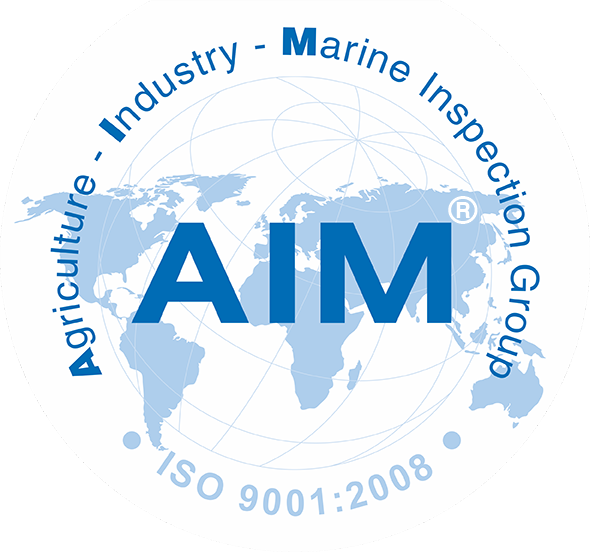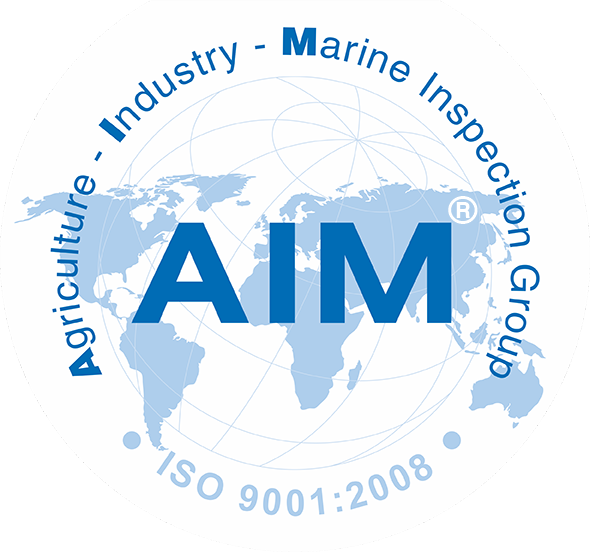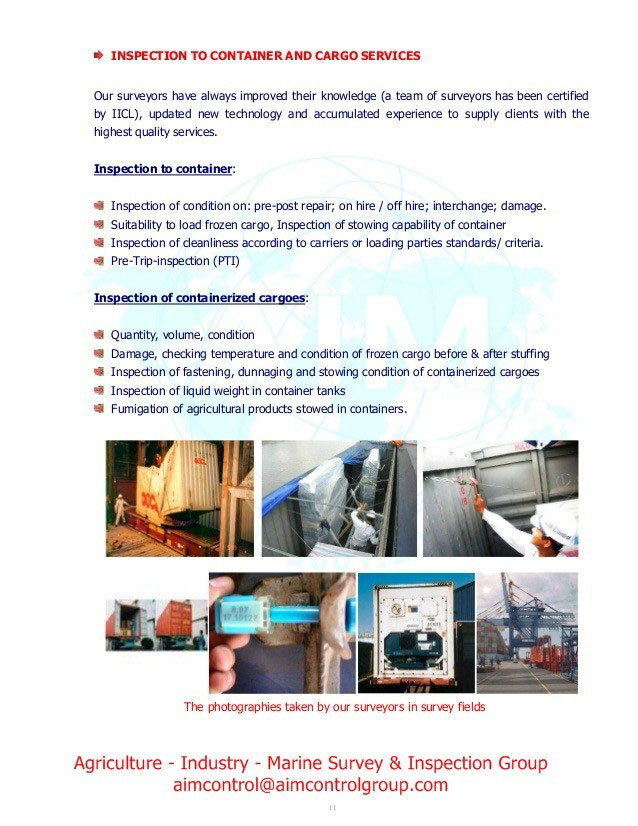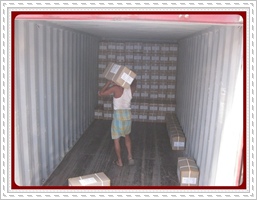Giám định hàng hóa Container
Cargo Container Inspection Supervision
AIM Control (AIM Group®) offers cargo control and container inspection services are specifically independence for clients that not only require reassurance during the loading and unloading process, but also confirmation that safety and quality requirements are met and that correct goods handling procedures are put in place and lashing, securing.
AIM Control (AIM Group®) cargo container inspection supervision to protect the rights of customers as buyer, cargo insurance company, shipping lines, carriers, cargo underwriters, P&I, and relative others.
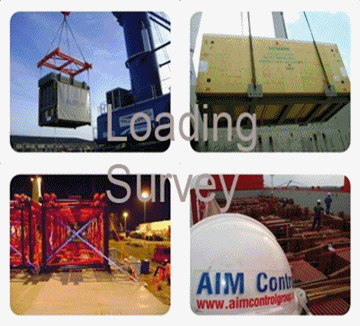
Cargo control container inspection services at loading port (exporting)
All of AIM Control (AIM Group®) inspectors are fully trained not only to supervise but to closely quality cargo inspection and monitor the loading process called pre-loading inspection and loading survey for cargo container.
-
Quality and condition of goods/cargo/products for container.
-
Quality and condition of packing / shipping marks.
-
Adherence to correct goods handling procedures.
-
Condition of the container are being stuffed cargo/goods/products to transport, including safety and cleanliness, watertight if requirement.
-
Checking quantity of cargo are loaded and also verify all documentation of shipping.
-
Issue Q&Q cargo container inspection supervision certification (or report with pics).
Once these checks are completed the container will be sealed with AIM Control (AIM Group®) seals as proof of compliance and an inspection report & photos will be issued to you ASAP.
Cargo control container inspection services at discharging port (importing)
While cargo container is transported to at destination, it needs the assurance that when goods/cargo/products will be unloaded and handled correctly and arrive safely at their final destination.
During the unloading process one of AIM Control (AIM Group®) inspectors will be present to ensure that your goods are handled with the due care and attention with which they were loaded.
-
Quality and condition of goods in all of container types.
-
Quality and condition of packages.
-
Adherence to correct goods unloading procedures.
-
Cargo outturn and in sound.
-
Condition of container & its damage.
-
Accuracy and correctness of all documentation of shipping and EIR, COR, ROROC with relative data.
-
Extent of damage / shortage and its caused foor cargo in conatiner.
-
Issue Cargo container inspection supervision report (certification).
-
Advice and consultancy following up.
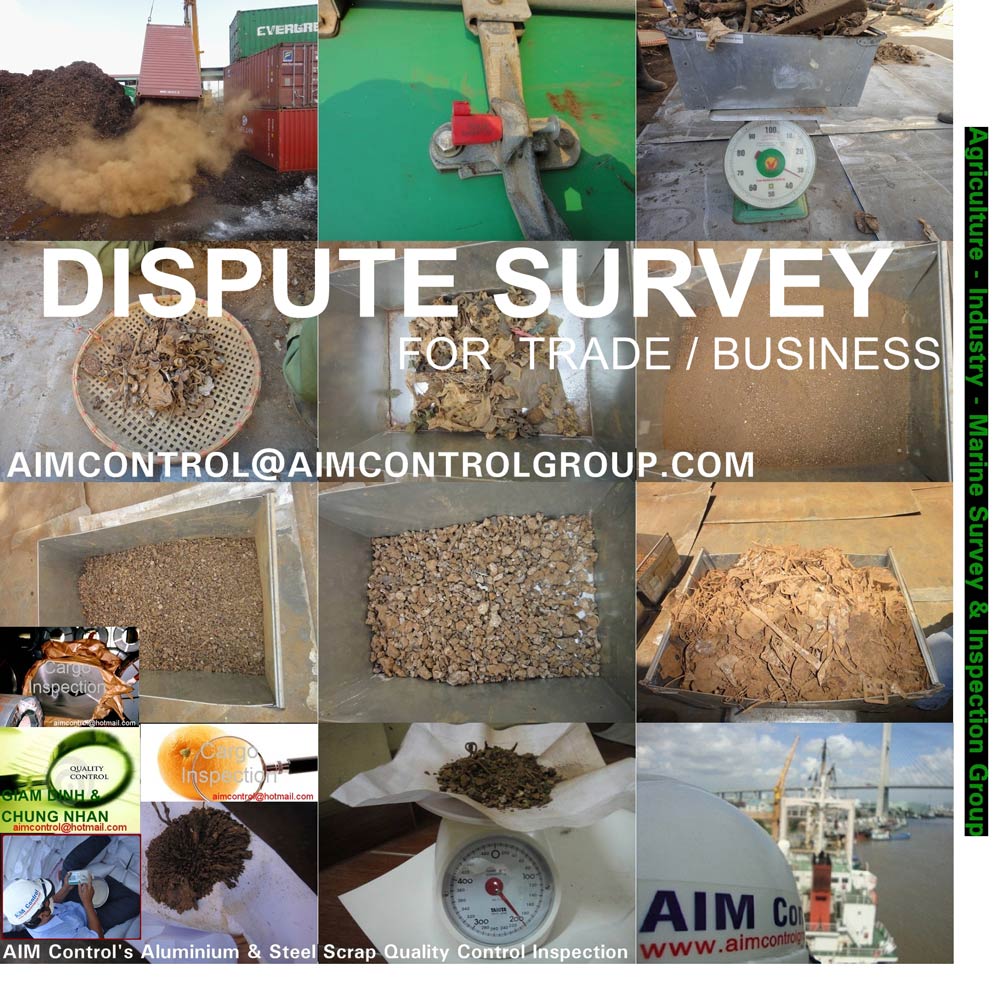
Container inspection and Cargo verification
AIM Control (AIM Group®) inspections & surveyors examine cargo description from documents of shipping (as P.O, Packing list, Specification . . .) and select containers to inspect, before delivery. AIM Control (AIM Group®) inspectors then ensure that the cargo matches the description in the documentation. When wrongly rated cargo/containers are found we bill the correct amount and hold the container until the correct freight payment is received. This service helps provide a level playing field for all clients
Hazardous material inspection
Trained and certified AIM Control (AIM Group®) inspections & surveyors ensure that Federal Hazardous Materials rules are complied with and containers are properly documented and placarded for ocean transportation.
Cargo measurement
AIM Control (AIM Group®) cargo container inspector & supervisor in all major ports, warehouse, factories and anywhere are measuring oversized cargoes for accurate dimensions of quite often flat-racks, trailers, packages.
Also measurement on sizes, humidity, moisture an others on various all of cargo types.
The aim is to provide a neutral measurement result that all parties can agree on right before the vessel loads and report the results to the carrier for their follow-up.
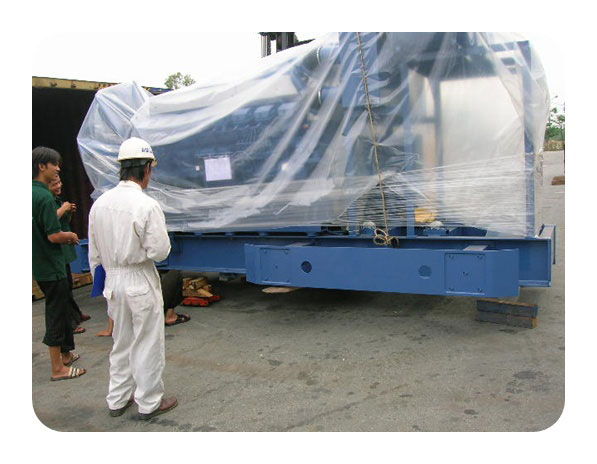
Cargo quality
Cargo Quality Control plays a more important role every day. Be it a shipped from exporting place to importing place which may not be loading or discharged if there is any damage, defects, or import control on your suppliers. AIM Control (AIM Group®) cargo inspectors would assure that the quality and count ordered by you is departing and arriving safely in the port of loading / discharge. We check its contents for quantity, size and quality, and if everything is in line with your order the container will be released to the final destination.
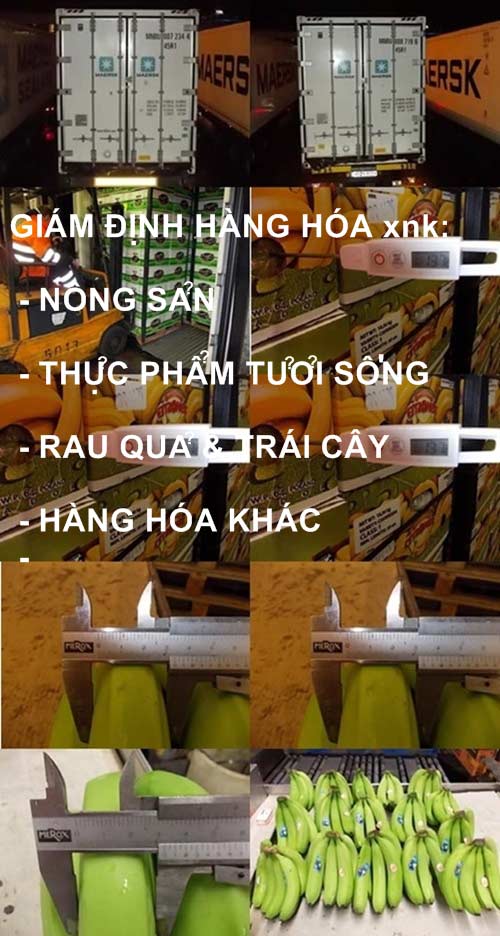
Underwriter / Insurance cargo container inspection supervision on DAMAGED
During transportation of goods/cargo/products from the place of delivery of goods/cargo/products to places of receiving, there are many risks and problems arise as commodity shortages, quality goods are damaged or not up compared with the actual number purchase contracts caused a dispute between the parties such as buyers, sellers, insurance and transport companies. . . so, AIM Control (AIM Group®) Inspection Company is the 3rd party service providers are expert and independent and objectively to determine and inspect the actual extent of the loss, damage of the goods, so the goods number of deficiencies with B / L, PO . . investigating the root cause of damage/loss for the loss/damage and shortage of goods. After the inspection, survey results, we will issue a certification as evidence to help the concerning parties acknowledge the responsibilities as well as their legitimate.
We also provide cargo surveys relating to damages occurring during transportation. Our principals here include insurance companies, underwriters and P&I Clubs and claimer and concerning parties. In these surveys we analyze on goods/cargo/product samples to find out the cause of the damage as well as the liability. Particular attention is also given to the packing condition and stowage in containers.
Other services offered include investigation of theft, recovery actions where applicable, estimated and damage evaluation for yachts and other boats, and finally the act of loss-prevention, meaning a pre-shipment assistance or attendance with the aim to reduce losses and damages.
Cargo Container In-Service Verification
AIM Control (AIM Group®) inspectors carry out the container inspections to certify their sea-worthiness, issuing certificates that validate their usage for one year also perform periodic statutory inspections to ensure the correct storage and safe transport of cargo.
Each of these services will significantly reduce the risk associated with cargo/goods/products from exporting place to importing place giving you confidence that all your goods will arrive and in the best condition.
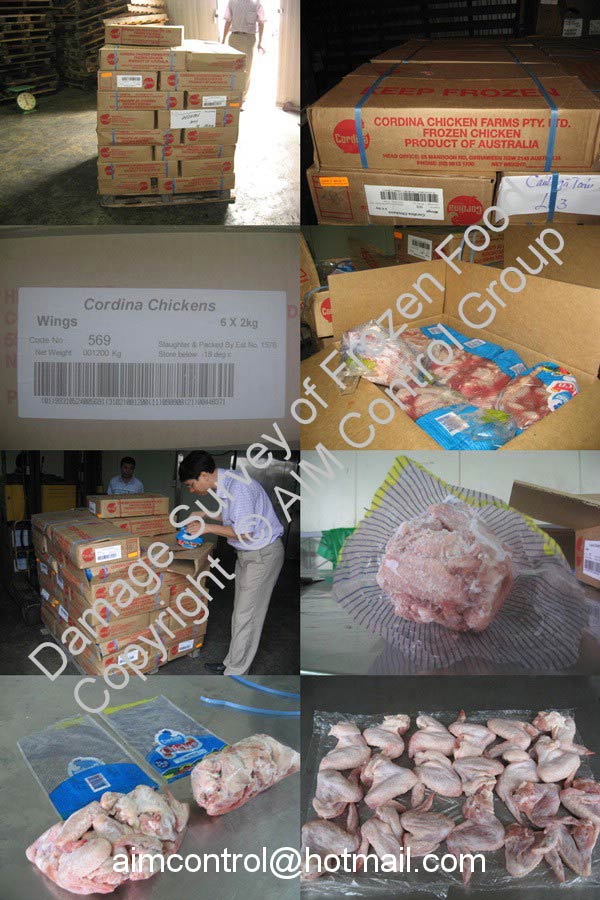
Outside of container
-
No holes or cracks in walls or roof.
-
Doors operate properly.
-
Closing devices operate properly.
-
No adhesive labels from the previous cargo, e.g. IMO placards.
-
For flatracks: stanchions (if ordered) are complete and correctly fitted. For 40' flat-racks: all lashing belts are present.
-
For open-top containers: roof bows are complete and correctly fitted.
-
For open-top containers: tarpaulins are undamaged and fit properly; ends of tarpaulin ropes are undamaged; all roof eyes are present.
-
For hard-top containers: roof is undamaged, roof locking mechanism fits and operates properly.
Inside of container
-
Container is watertight. Test method: enter container, close both doors tightly and look for incoming light (e.g. through cracks, holes, door gaskets etc.).
-
Container interior is absolutely dry. (Wipe up any condensation or white frost in order to avoid corrosion and moisture damage of the cargo.)
-
Container is clean, free of cargo residues and neutral in odor.
-
No nails or other protrusions which could damage the cargo.
The related actions other
-
The container is packed appropriately for the cargo, anticipated transit stresses and the container.
-
A copy of the packing list is placed in a highly visible location inside the container (for Customs inspections and the like).
-
When lumber is used as a packaging material etc., it may, under certain circumstances, be necessary to comply with the quarantine regulations of the country of destination and a phytosanitary certificate or proof that the lumber has been treated may have to be placed conspicuously in the container. Information may be obtained from the phytosanitary authorities of the countries concerned.
-
The doors and, if applicable, roof covering have been carefully closed. (Strong steel wire cables, padlocks or high security seals provide protection from cargo theft.)
-
Closures are secured with metal and other seals in order to reduce the risk of theft (record the seal number).
-
For open-top containers: tarpaulins are correctly fitted and tarpaulin ropes correctly threaded (Customs-approved closure).
-
If the cargo is covered with tarpaulins in special containers: the tarpaulins are securely fastened.
-
Old adhesive labels have been removed.
-
For refrigerated containers with refrigeration unit and heatable tank containers: the correct temperature has been set. For refrigerated containers, the temperature recorder is running and the temperature is displayed.
